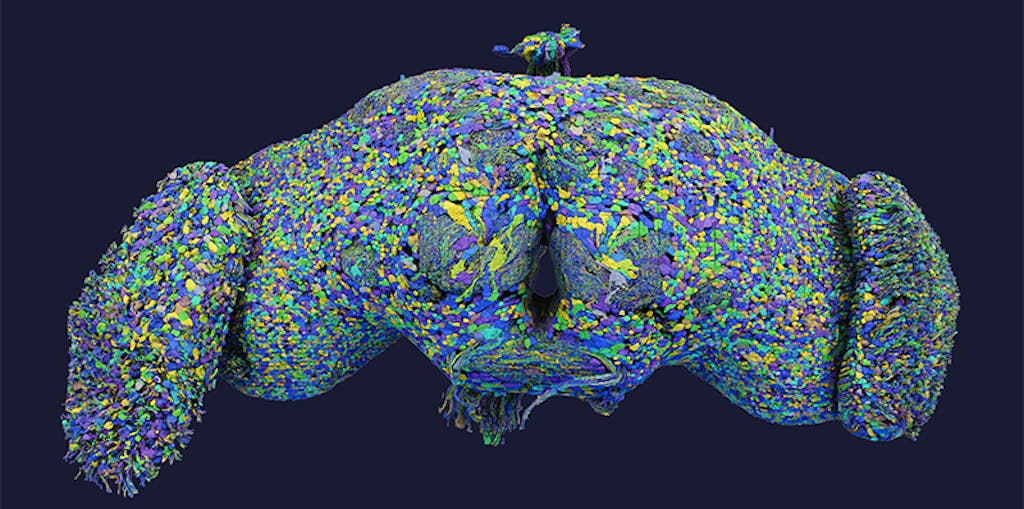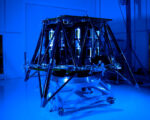Researchers Unveil Most Comprehensive Brain Map of Fruit Fly, Identifying 140,000 Neurons and New Nerve Cell Types
Scientists have achieved a remarkable milestone in neuroscience by creating the most detailed map of a fruit fly’s brain ever produced. This intricate map, which reveals nearly 140,000 neurons and an astounding 54.5 million synapses, is the culmination of over four years of dedicated research led by neuroscientists Mala Murthy and Sebastian Seung at Princeton University. Known as a ‘connectome,’ this map stands as the most complete brain diagram for any organism to date, offering unprecedented insights into the complexity of neural networks.
The research team utilized advanced electron microscopy to capture images of the fly’s brain, allowing them to reconstruct its intricate structure. To manage the vast amount of data, AI-assisted tools were employed, although significant portions of the map required meticulous manual editing. In total, the team and their volunteers conducted more than three million manual adjustments to ensure the map’s accuracy and reliability. This rigorous process led to the identification of 8,453 distinct neuron types, of which 4,581 were previously unknown, expanding our understanding of fruit fly neurobiology.
One of the most intriguing findings from this study was the unexpected interconnectivity of various neurons. Researchers discovered that neurons typically associated with specific sensory functions, such as vision, frequently formed connections with neurons that process other sensory inputs like hearing and touch. This interconnectedness suggests a sophisticated integration of sensory information, emphasizing the brain’s ability to process and respond to a multi-faceted environment, which is crucial for the survival of the fruit fly.
The insights gained from the connectome have already proven valuable in simulating fruit fly behavior within virtual models. In a groundbreaking experiment, the simulations demonstrated how neurons involved in taste perception—specifically those detecting sweet and bitter stimuli—activate the motor neurons that control the fly’s proboscis. Remarkably, when compared to actual fly behavior, the virtual model achieved over 90% accuracy in predicting neuronal responses and subsequent actions. This advancement not only enhances our understanding of fruit fly behavior but also paves the way for future research into the neural underpinnings of more complex organisms, including humans.


















